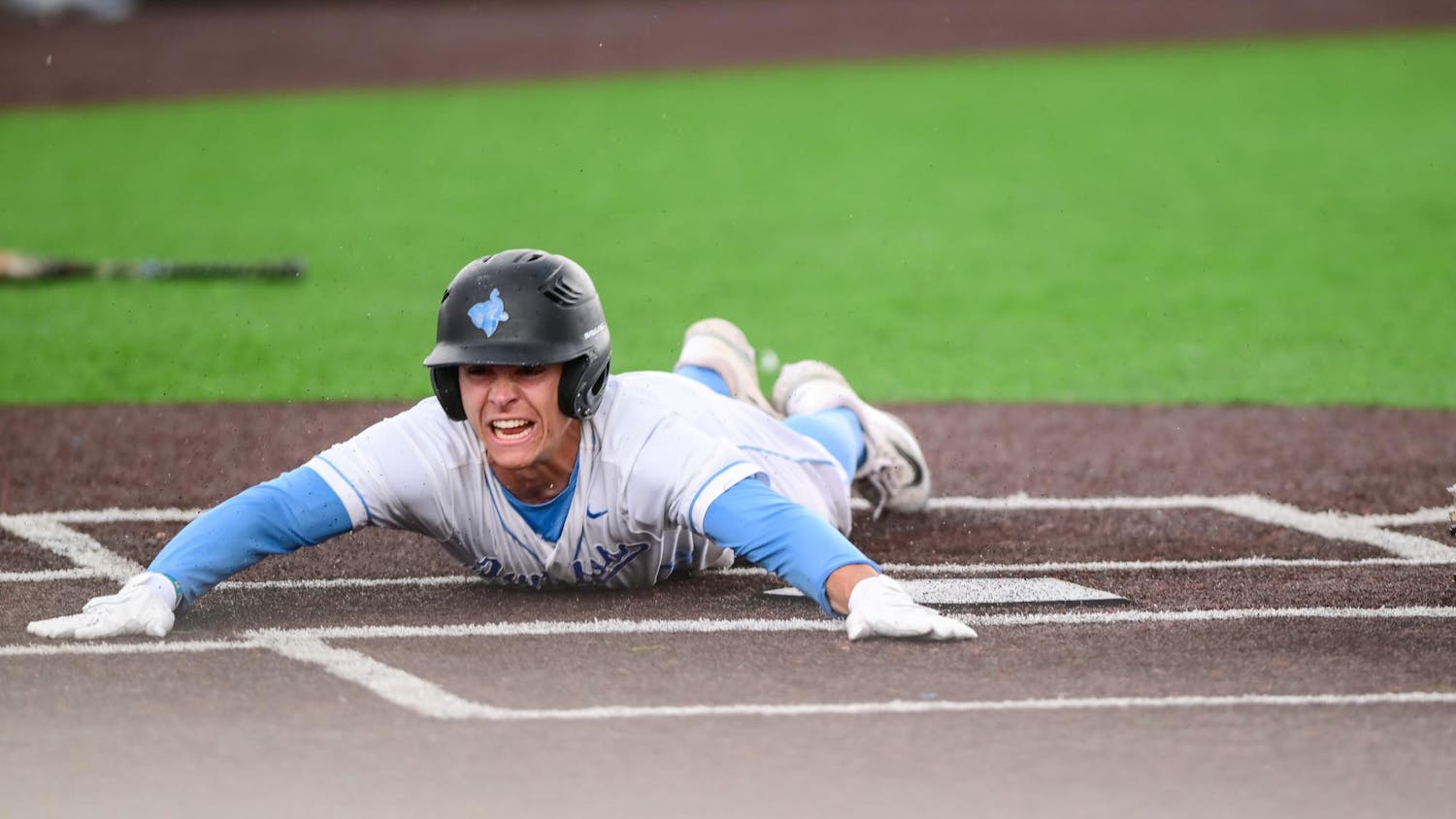In late August every year, 20 Spanish horses jump out of the gate, their powerful thighs churn into the Iberian mud. Within seconds, two horses — one draped in Catalonian blue and red, the other in Castilian white — spring out of the pack. It is clear even before the first turn that one of the two will win the race. The rest are left behind.
Such is the state of La Liga, Spain’s top soccer league. With their rosters loaded with more treasures than a pharaoh's crypt, Barcelona and Real Madrid dominate headlines, championships and domestic TV deals.
The two are sharks amongst minnows. Just as they leverage their global fandom for lucrative TV deals for the entire league, they also take the lion’s share.
To illustrate: In the 2010–11 season, Real Madrid and Barcelona received about half of the $799 million Spanish clubs earned from TV rights, according to a study published in April of 2012 by University of Barcelona accounting professor Jose Maria Gay.
What this means is that other La Liga teams cannot compete with the wages or transfer fees that Real Madrid and Barcelona pay for players, leading to the aforementioned two-horse race.
It has improved — slightly. After government intervention in 2014, La Liga was forced to adopt a more equitable rights distribution arrangement. Implemented in the 2016–17 season, the new system led to 18 teams receiving record payouts in the 2017–18 season. More importantly, the ratio between the highest-earning team and the lowest-earning team moved from 8:1 in 2014 to 3.6:1 in 2018. The gap is shrinking.
One caveat, though: Madrid and Barcelona were guaranteed they would receive no less than they did in the old arrangement, so they won’t fall off anytime soon. A bigger pie overall — a $1.5 billion TV pool in 2018 compared to a $799 million pool in 2011 — means they’re making more than ever.
How does Spain compare to other leagues? The English Premier League is by far themost equitable league, helped in part by the mammoth TV deals it garners as the world’s most valuable sports league. The ratio between the highest and lowest earning team is a solid 1.6:1, with aggregate TV revenue of around $8.14 billion from 2016–2019. The more equitable system ensures that Everton can afford players like Moise Kean, Andres Gomes and Theo Walcott.
But the times are changing. With the rising value of foreign TV rights in mind, the Premier League imposed a merit-based system for foreign TV money. The traditional “top six” argued that they are the reason the Premier League product is more valuable, and should thus be compensated equitably. Other executives argued the new system unbalances the historically competitive Premier League.
One step forward, two steps back. Either way, the horse that fights its way out of the pack and wins the race on the last straightaway is increasingly an exception that only proves the rule.
More from The Tufts Daily





